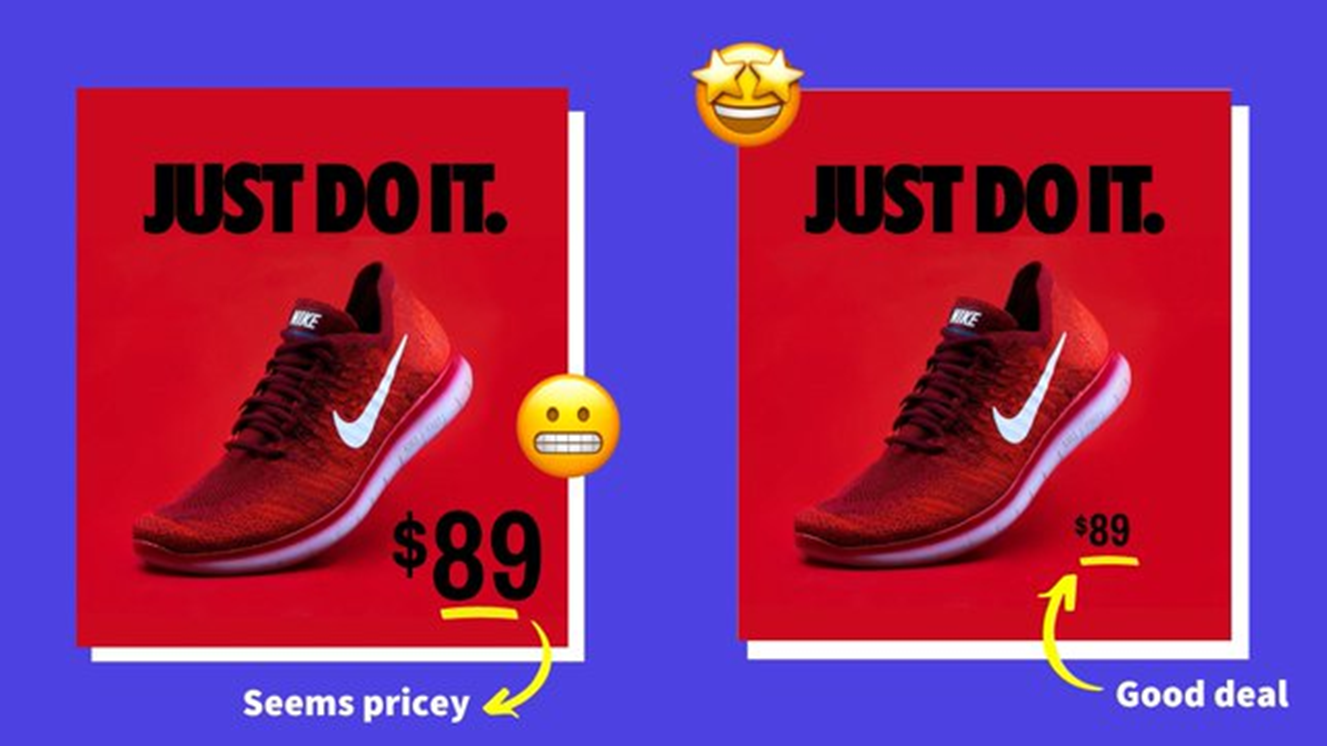032 - Should we map marketing content to buyer stages?
1* “Should we map marketing content to buyer stages?”
“No! — and here’s why.
Creating specific content for each stage in the buying process forces marketers to produce the wrong type of content because they are assuming the purchasing path is linear.”
I couldn’t agree more with this contrarian view of mapping out your content strategy.
B2B buyers don’t work linearly and trying to create a perfectly aligned scenario with your content and the buyer's journey is impossible.
When presenting a funnel on a PowerPoint or an excel document with your content roadmap laid out based on the buyer's journey, it’s easy, but replicating this accurately in practice is very very hard.
Instead, focus on creating content that ticks all the traditional boxes.
“— Why should buyers consider this category?
— What are the reasons to prioritise it over others?
— What are the risks if we don’t prioritise it?
— What are the immediate benefits vs long term?”
If your marketing and content are activated right, your buyers will be consuming the content you want them to consume. When they want specific content from you, they will know where and how to find it.
2* Website Content vs. Dark Social Content
When we create content, our default approach is to ladder everything up from your website. This means, that we create content with the mindset that it starts with our website.
However, “Your website is not the destination people want to go to consume information”
It’s true.
No longer do we bookmark key blogs to consume information, we consume information from our peers we follow on social media, the newsletters we sign up to, the podcasts we listen to and the communities we’re in.
If that’s the case, why do we still create with a website first mentality?
“We default to creating website content because it’s easier to track”
Doing so limits our reach.
It’s harder to be shared and amplified via social media algorithms and it limits the people who can potentially consume it.
The number one goal of a content strategy is for it to be consumed.
So, when you think about creating content, think first where your buyers they hang out, and create content natively around these platforms to maximise the number one goal of your content strategy. Content consumption.
3* 12 pricing psychology tips to help you sell more stuff
We might not have the influence to dictate pricing strategy for your companies product, and the examples laid out by Katelyn refer to B2C.
But for your next event, service promotion, or upsell opportunity, remember these psychology tips to help test different pricing strategies that you can potentially influence.
This Twitter thread is packed with helpful actionable advice.
Example
“BIG font = BIG price
Our brains confuse the visual size of a number for numeric size
If we see $25 in large font, our brain notices how BIG the font is and assumes the price is big
Lesson: display prices using small fonts (not large ones)”
Conversations / Articles You Should Read
Marketing is messy - Here are my top tips to simplify things
The hidden cost of being a platform
What’s the difference between messaging and copywriting?
Tools, Platform, Events or Podcasts
Each week I share a tool I find interesting, an event I’m attending or a podcast I have listed too.
Turn your written content into videos.
****
